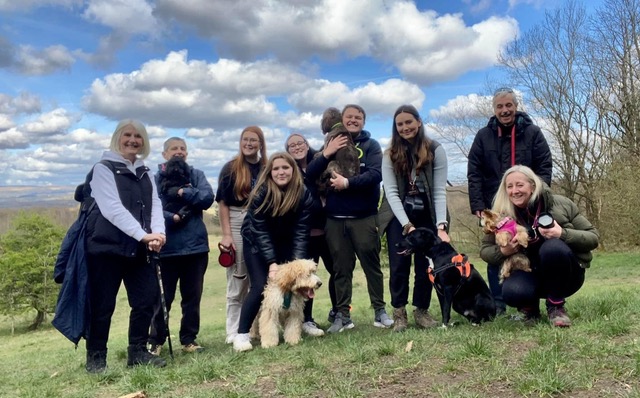There is much in the news of the effects of isolation. Research shows that there is a strong correlation between social isolation and poor health outcomes, with loneliness being likened to having the same effects as smoking 15 cigarettes a day. A recent article in the Guardian identified how loneliness “forces older people into hospitals and strains services”
Although not exclusively affecting older people, loneliness is seen as a key factor in placing strain on local services and becoming a ‘major health concern.’
The article continues to raise concerns about “the rising phenomenon of loneliness among older people [which] needs to be addressed urgently otherwise the NHS risks being crippled by the costs of caring for isolated elderly patients in hospital.
Failure to concentrate on this issue will lead to hospitals being transformed into “dormitories for older people” who have often been dispatched to A&E because they have no support structure at home.
Professor Keith Willett, director for acute care, with NHS England said: “The consequences are increasing, unremitting demand on healthcare which will ultimately cripple the NHS.”
You can read the full article here
The Local Government Association (LGA) are also urging local councils to recognise loneliness as a major public health concern, which if left unaddressed will place a major strain on local services.
David McCullough, Chief executive, Royal Voluntary Service has noted how “many older adults do not have a strong family network to fall back on after they are discharged from hospital”
Community Circles are responding to this issue and looking at ways to better support people leaving hospital in partnership with Spiral Health CIC in Preston, where Community Circles will be offered as a core part of the person’s discharge plan.
But how can we develop circles for people who have nobody in their lives? One of the first things we do when developing a circle is to use a relationship map to think about who’s in the person’s life; family, friends, neighbours, paid support, and who they would like to be part of their circle. In the Royal Voluntary Service’s “Help Them Home” report, supported by the King’s Fund, they found that almost one in three people don’t have a strong family support network to fall back on when leaving hospital.
So where do we find circle members from?
Sometimes we have to be intentional; where natural relationships don’t exist, we intentionally look to develop relationships, reach out within our own networks and explore ways of building connections.
Community Circles are a way for us to support each other in our local communities; we need to think about the person’s community. Where does the person go regularly, who are they on first name terms with, how can we build connections and support that person to deepen their relationship? Mary’s circle members are from her church, going to church regularly has enabled Mary to deepen her relationships and invite people to become part of her circle.
Facilitators can think about their own relationship map and networks; do they know someone who could be matched to a circle, perhaps they know someone with a particular gift who can contribute to someone’s circle. I facilitate a circle for Barry, who had nobody to invite to his circle. After chatting with Barry, we invited James to be part of his circle, someone I know who has similar interests to Barry. Sometimes we have to be intentional about inviting people in.
We can think about the facilitators wider connections; developing the facilitators own community map to identify people who may want to join a circle, for example from churches or community groups. Mike became part of Simon’s circle after mapping out the facilitator’s connections. Mike and Stephen have much in common and are both benefitting from their new relationship.
We can also reach out to local voluntary organisations who may be able to involve volunteers in a person’s circle.
What we are learning with Community Circles is that they not only benefit the person who has a circle but also the circle members through giving and connecting with others, developing ripples of positivity through our communities. Let’s support each other well.
Cath Barton
Community Circles Connector






